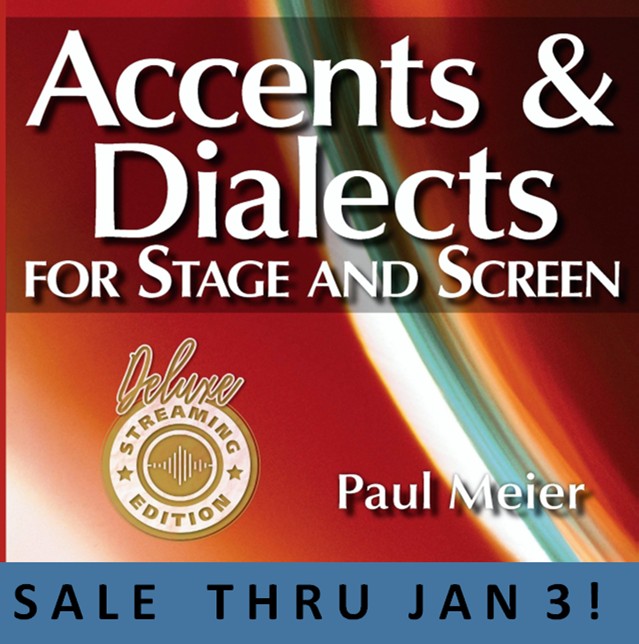Sweden 1
Listen to Sweden 1, a woman in her 20s from Järfälla, Stockholm, Sweden. Click or tap the triangle-shaped play button to hear the subject.
Both as a courtesy and to comply with copyright law, please remember to credit IDEA for direct or indirect use of samples. IDEA is a free resource; please consider supporting us.
BIOGRAPHICAL INFORMATION
AGE: 20ish
DATE OF BIRTH (DD/MM/YYYY): circa 1980
PLACE OF BIRTH: Stockholm, Sweden
GENDER: female
ETHNICITY: Caucasian/Swedish
OCCUPATION: student
EDUCATION: When recorded, subject was attending college in the United States.
AREA(S) OF RESIDENCE OUTSIDE REPRESENTATIVE REGION FOR LONGER THAN SIX MONTHS:
At the time of the recording, the subject had been in U.S. attending college for seven months. She’s from Järfälla, a suburb of Stockholm.
OTHER INFLUENCES ON SPEECH:
The subject studied English for nearly eight years in Sweden and the United States.
The text used in our recordings of scripted speech can be found by clicking here.
RECORDED BY: Joseph Campbell and Paul Meier
DATE OF RECORDING (DD/MM/YYYY): 03/2000
PHONETIC TRANSCRIPTION OF SCRIPTED SPEECH: N/A
TRANSCRIBED BY: N/A
DATE OF TRANSCRIPTION (DD/MM/YYYY): N/A
ORTHOGRAPHIC TRANSCRIPTION OF UNSCRIPTED SPEECH:
I was born in Sweden, Stockholm, but I’m not really from the centre of Stockholm; I’m from the suburb, a suburb called Järfälla, and it’s twenty minutes by train from Stockholm city. And it’s a kind of neat little suburb and really small little houses, and it’s very nice, I think. But, like, as soon as I get older and older, I want to live closer to the city, which I don’t, but it’s nice. And I also, my parents are divorced, so I have my, my dad is living on the other side of town, so I do pass Stockholm a lot when I’m not in Stockholm. So Stockholm is a good city. There are many different suburbs in the um, the closest part; they’re *divided up in “malms,” like Östermalm, Södermalm, *Östermal. No I can’t remember any of the closest inside, but outside it’s *Barkarby, Järfälla, Kallhäll, Kungsängen, Sundbyberg, Karlberg, Spånga. [Subject speaks in Swedish: Och massa orter olika. Och många.] Oh no, stop. I’m so sorry, I’m so sorry, I was starting to speak Swedish. And many of the suburbs, like people think different things about different suburbs, you know, everybody have their own stereotype and everything, so, I d’know. I know that people who live in the middle of the city think that we are living out in the country, which we apparently don’t, but, yeah. Um, Stockholm, and then Gothenberg, but we pronounce it Göteborg; um, Malmö is the third largest city, and *then the rest are pretty much the same size I think, like Umeå, Skellefteå, um, yeah. I first started to speak English when I was in fourth grade. Um, the Swedish people put a lot of effort into the English education because Swedish is kind of a small country, and, um, if we don’t learn English, we can’t communicate with so many people, so, um, English is requirement. *It’s also another language except Swedish is, and English is requirement but we have the opportunity to choose that language so that’s good. *But I really think that English is the easiest language to learn since, um, you hear it on the TV, and the computer language and everything is so American and like news, some things in papers and stuff, so.
[* = vocal pause]
TRANSCRIBED BY: Kevin Flynn
DATE OF TRANSCRIPTION (DD/MM/YYYY): N/A
PHONETIC TRANSCRIPTION OF UNSCRIPTED SPEECH: N/A
TRANSCRIBED BY: N/A
DATE OF TRANSCRIPTION (DD/MM/YYYY): N/A
SCHOLARLY COMMENTARY: N/A
COMMENTARY BY: N/A
DATE OF COMMENTARY (DD/MM/YYYY): N/A
The archive provides:
- Recordings of accent/dialect speakers from the region you select.
- Text of the speakers’ biographical details.
- Scholarly commentary and analysis in some cases.
- In most cases, an orthographic transcription of the speakers’ unscripted speech. In a small number of cases, you will also find a narrow phonetic transcription of the sample (see Phonetic Transcriptions for a complete list). The recordings average four minutes in length and feature both the reading of one of two standard passages, and some unscripted speech. The two passages are Comma Gets a Cure (currently our standard passage) and The Rainbow Passage (used in our earliest recordings).
For instructional materials or coaching in the accents and dialects represented here, please go to Other Dialect Services.
 IDEA: International Dialects of English Archive
IDEA: International Dialects of English Archive




